Planning a garden or orchard can be confusing for a lot of reasons so this will probably end up a series. Personally I’m always trying to fit as variety much as possible onto my property. One very important thing to keep in mind is certain plants require a second variety for pollination.

Pollination is important for all fruits (including all those veggies that are really fruit like cucumbers and tomatoes). In this case a fruit is anything that has seeds. Everything from apples to zucchini. Those seeds are the genetic mix of the parents and they come about in several ways.
Self Pollinating

These are the easiest to deal with. They can be grown singly and get the job done on their own.
You’ll find most vegetables in this group. While you can cross breed different varieties it’s not necessary to get fruit. That’s how hybrid seeds come about and how you end up with new varieties.
Some fruits like blueberries are self pollinating but you’ll have a better harvest if you have more than one variety.
Other fruits in this category include sour cherries, apricots, nectarines and peaches. If you’re out of space or money you can get by with a single tree.
Require a Second Variety for Pollination

And then we have the lonely hearts club. These plants just can’t handle life on their own. Well, they can live on their own but they wont give you any delicious babies to eat.
That took an unexpected turn didn’t it? The babies in this case are the fruit, in case that analogy was too much 😉
Many fruit trees won’t give up the goods unless you plant two different types. You can have a gorgeous healthy tree full of blossoms but you’ll never see an apple.
Other self-unfruitful fruit trees are (most) sweet cherries, paw paws, pears and Japanese plums.
Along with planting two varieties you also need to plant the right combination. Lucky for us most, if not all, places selling fruit trees will tell you what you need.
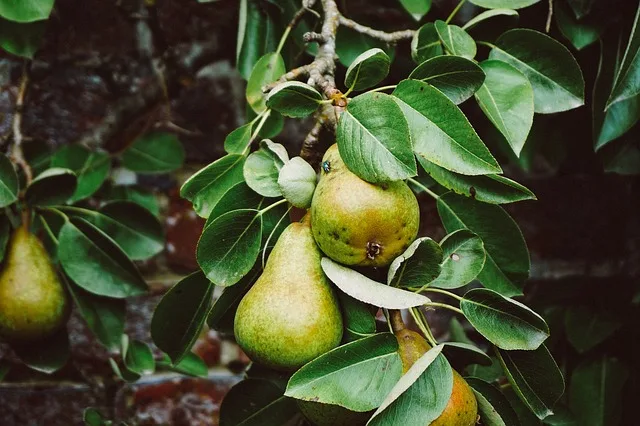
If you order online you’ll see recommended varieties for cross pollination when you’re checking out trees. And it’s not just a gimmick to sell extra trees!
You really do need more than one. You also need to make sure the varieties are compatible, if you have a late blooming tree and an early bloomer you’ll miss out on all the bee sex that makes good fruit.
Another thing to watch out for is the family tree. Closely related varieties will not be effective pollinators for each other.
If you’re ordering from one place (which I try to do because shipping is crazy) you’ll be able to easily check what is compatible. If you’re looking at a few sources you might have more trouble but there are lots of charts floating around the web like this very helpful pollination checker from Orange Pippen Fruit Trees.
But wait! There’s more!
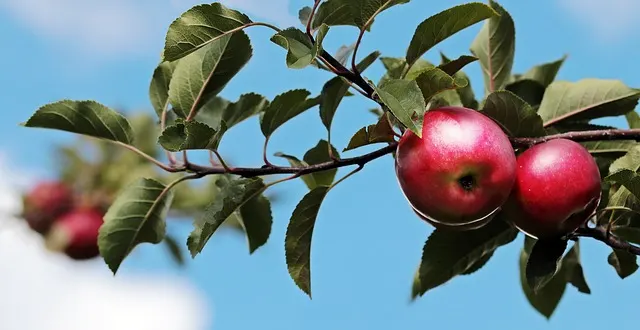
Just to make things more complicated there are triploid apples that can’t be used to pollinate anything. Quite a few heritage varieties fall into this category.
Triploid apples have a set of advantages that make it worth dealing with the sterile pollen. Orange Pippin Fruit Trees has a great explanation and break down of triploid apple trees that you should check out if you’re considering one.
If you plant a triploid apple you’ll also need to plant two other compatible varieties so everyone gets all nice and pollinated.
Spacing and Planting

You’ll have the best luck if you have your compatible trees planted within 50 feet of each other but up to 100 feet is ok. Spacing depends on the final size of the tree, dwarfs are 8-10 feet, semi-dwarf are 15-20, etc. but you have lots of room to play within 50 foot spacing.
If you’re going to have a mixed up jumble of an orchard (ahem… like mine) it’s best to plan to keep all your pears in one place, all the apples in another etc.
You really need a plan before you start planting. Right now I have some gaps in my orchard because I couldn’t afford to plant everything at once. There are spaces for another peach tree, another apple, two Japanese plums etc.
It takes a few years for trees to get up to fruiting strength so plant at least 2 in the first year then add others. That way you aren’t stuck waiting for your trees to catch up. It’s heartbreaking watching a tree blossom knowing you’re never going to get fruit from those flowers!
The Pollination Squad

You probably realize that bees are the backbone of the home orchard, or any orchard. Without them we’d have no way to move the precious pollen from flower to flower without doing it ourselves with a tiny paintbrush.
Yup. I see you looking forward to that 😉
It’s very important to realize that honeybees aren’t the only guys getting the job done! We are lucky to have lots of native bees and insects in general that love to pollinate.
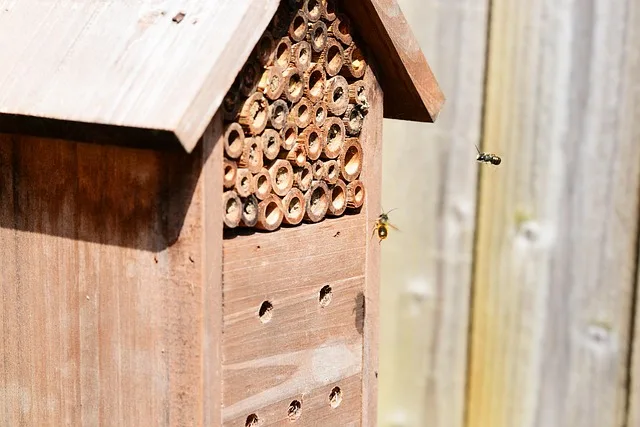
Mason bees are tiny pollinators that rely on hollow tubes to raise the next generation. You can attract them to your garden by offering a mason bee house.
You can attract them to your orchard by planting early flowers to get the bees used to visiting before your blossoms even open. Fall planted bulbs are great for that, they bloom early and then die back so by the time you’re mowing they’re of the way.
I have daffodils by the dozen and quamasia planted in my orchard around the established trees. It’s also nice to see some life out there early in the season before he trees have perked up.
Don’t forget to PIN this to your garden board! Check our my Garden page for more ideas or start here:

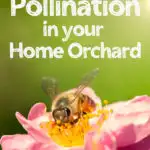

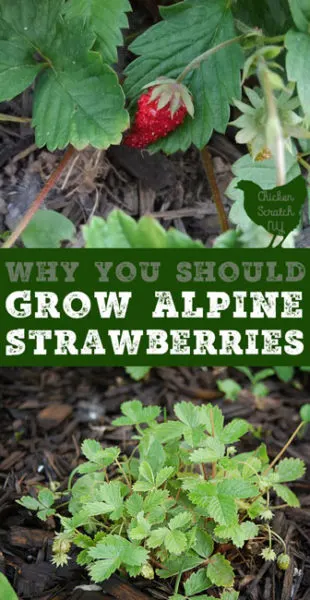
jonathan Cummins
Wednesday 5th of February 2020
loved the article above and look forward to reading many others. Thanks and also if we send pictures of our property and what we have for planting a orchard will you be able to kind of give us an idea on what to plant where based on the info and pictures we give. I am very new to this and want to plant one but so many different ideas out there and best to find one place very knowledgeable and stick to it so I picked this one.